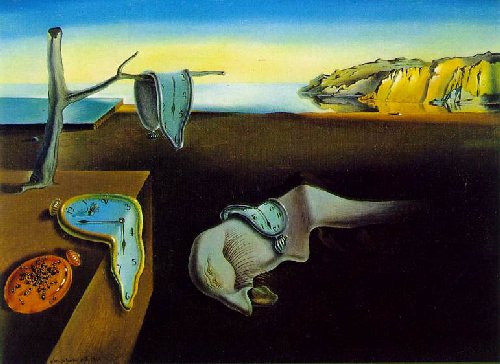home truths
it all began with water. to be precise, an artesian well — groundwater flowing upward naturally, without the need for pumping. it flowed on a large floodplain of the river wien that trickled sluggishly through vienna. the year was 1548, and a man who owned the land (with, of course, the well) decided to raise a mansion above it. you’d do it too, if it were to save you plumbing costs. he called the mansion katterburg, and it was beautiful enough to attract attention; which is saying a lot considering this was old europe.
two decades later, it was purchased by holy roman emperor maximilian ii, who did what all holy people do: put up a fence. in the space within, he created fishponds, then released boar and pheasants, deer and peafowl. with passing decades, the aristocracy came to think of it as a popular hunting ground. one frequent visitor was eleonore gonzaga, queen of germany and second wife of ferdinand ii. she loved to hunt (hence the frequency of her visits), and was promptly gifted the land after her husband’s death. it was the year 1638 by now, and gonzaga soon succumbed to that primal need — to renovate. she added a palace to the mansion and, in 1643, schönbrunn was born. the name meant ‘beautiful well’.
366 years later, i stood before a mansion that had been shaped, and re-shaped, by successive personalities from the royal house of habsburg. these distinguished folk dated back to the year 1108, and were the origin of all formally elected holy roman emperors between 1452 and 1740. they also decided who was to rule austria, spain and a few other countries. in short, when it came to building palaces, they knew their way around better than most.
it was strange to think of schönbrunn palace as a home, although that was what it always was. it gave the term ‘house proud’ a whole new perspective — this creation of gardens and placement of statuary (there were 32, representing virtues and a few deities); this gilding of ceilings and landscaping of views.
apparently, when emperor leopold i came to power, he asked one of the most influential architects of the time, johann bernhard fischer von erlach, to come up with a new design. the latter had famous versailles in mind while drawing up the first set of blueprints. his second draft was, surprisingly, more down-to-earth. work on that version began in 1696 and ended in 1672. then, maria theresa, last representative of the house of habsburg, took charge of austria. she was given the palace as a gift by her father — princesses couldn’t be pacified by ponies, could they? — and promptly decided to turn it into a royal summer residence. obviously, the building had to be re-modelled.
it remained a favourite summer residence right through the following centuries. emperor franz josef i was born in it in the nineteenth, lived in its rooms for much of his life, and died there. naturally, during his six decade-long reign, it had to be given the now-mandatory makeover. given its rich history, it was treated as a complete work of art, and remodelled accordingly. this final version was the one i stood before, a twentieth-century traveller trying to figure out the design sense of kings and queens long gone.
around me were tourists, and the occasional guide. schönbrunn had been a major tourist attraction since the 1960s, but had suddenly jumped into newspapers with the announcement, not long before i visited, that a tribute to late pop star michael jackson was being planned on its grounds. by the time i stepped through its magnificent gates, the concert had been postponed by about a year, but there were still a few newsmagazines superimposing the visage of a departed king of pop against the backdrop of the royal residence.
what struck me most, at first glance, was how unassuming it looked. then, after walking up to where the emperor or queen may have stood to receive blue-blooded guests, i realized how magnificent a spectacle they must have created. before the palace stretched an enormous open space, gardens on either side, all of vienna up front. behind was a french garden containing a maze (television hadn’t been invented then), a botanical garden, the world’s oldest existing zoo (called the tiergarten) and a small hill crowned by a building called the gloriette. squirrels ran across the path, to the delight of foreign tourists who clearly hadn’t seen the little creatures before. from the top, the city looked much like it may have when old maria theresa puffed and wheezed her way up on summer evenings.
inside, the palace had everything one assumed a royal home could ask for. camera in my left hand, ipod in the right, i — an anachronism by a window — watched awestruck tourists walk past. so, this was what it felt like to be king.

